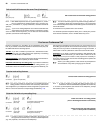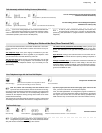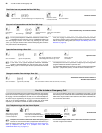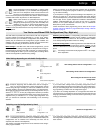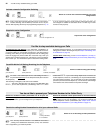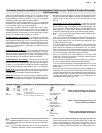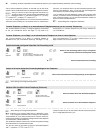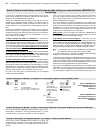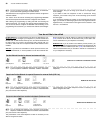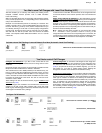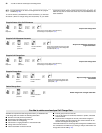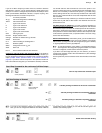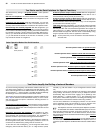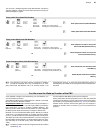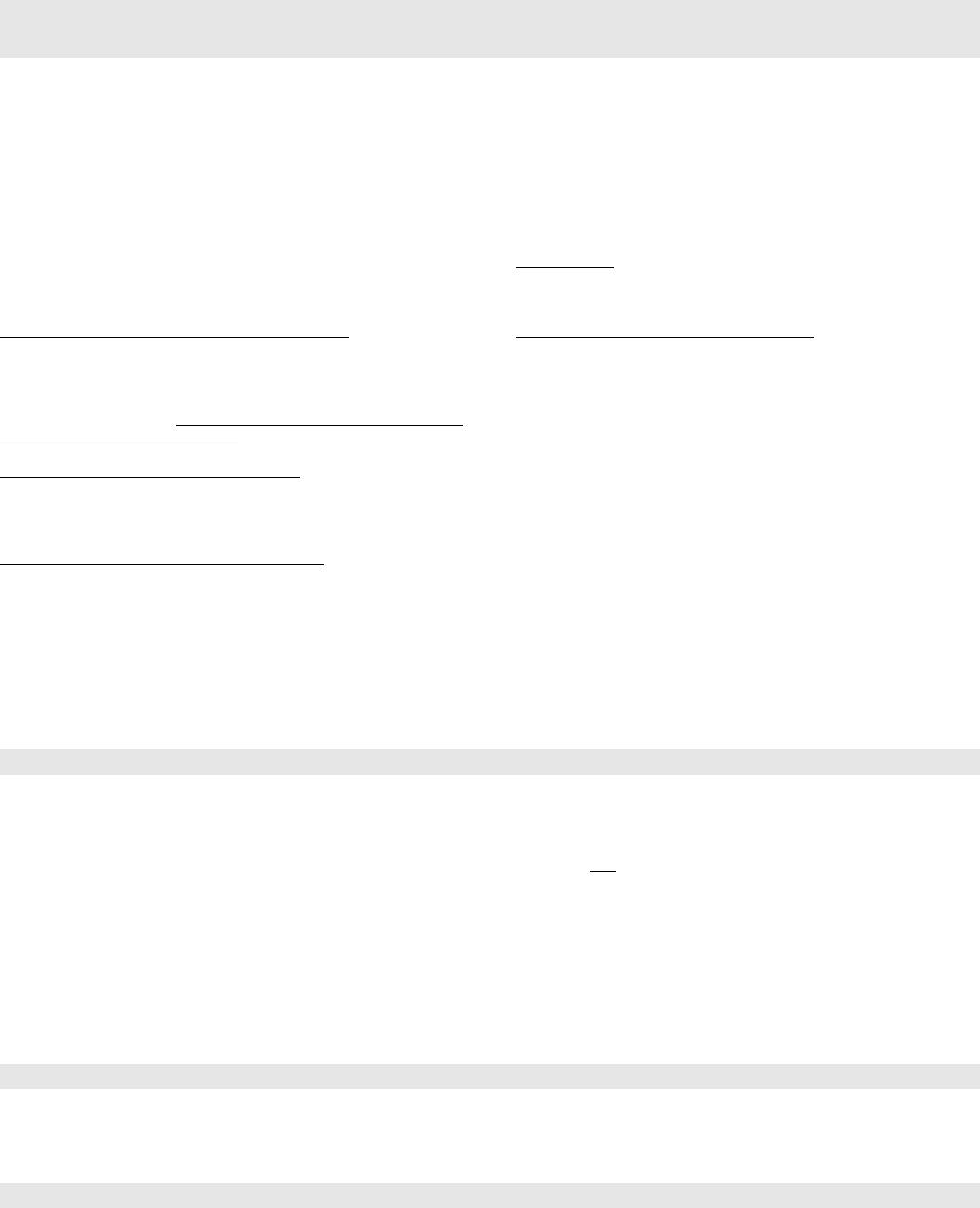
28 External Callers should always reach Somebody when calling your external Number (MSN/DDI Call Forwarding)
If you like to be reachable always for external calls even if you are not
at home at the moment and if nobody can take the call on the internal
telephones, use the MSN/DDI Call Forwarding.
Thanks to the MSN/DDI Call Forwarding you are able to forward an
(exchange line) telephone number (dialled by an external caller) to
another external telephone number. So these calls can be taken on
another telephone, e.g. a mobile phone, if nobody takes the call inter-
nally.
As there may be different reasons for not taking a call, e.g. nobody is
there during a shorter or longer period or all the internal telephones
reachable under the same external number are busy, we have three dif-
ferent Call Forwarding settings: The „CF unconditional“, the „CF on
busy“ and the „CF on no Reply“.
Forward exchange line number „unconditional“:
If you leave the
office and you are sure that the other persons reachable under this
same telephone number have also already left, you are able to switch
on the „MSN/DDI Call Forwarding unconditional“. Thanks to that you
can forward your exchange line number (which an external caller dials)
e.g. to your mobile phone. The internal telephones do not ring at all
if the forwarded number is called!
Forward exchange line number „on Busy“: With an activated „MSN/
DDI Call Forwarding on busy“ a forwarding to an external telephone will
only happen if all internal telephones reachable under this exchange
line number are busy. This includes your own telephone.
Forward exchange line number „on no Reply“:
If you often commute
between office and your customers and do not like to switch on/off the
Call Forwarding each time, you will be able to forward your exchange
line telephone number (that is dialled by an external caller) e.g. to your
mobile phone as a precaution. Then the internal telephones will only
ring 20 seconds (configurable) if somebody calls you. If no telephone is
picked up within this time, your mobile phone will start to ring.
For each of the three types of Call Forwarding can be configured
another forwarding destination.
If the „CF on busy“ and the „CF on no Reply“ are active at the same
time, both variants will work. Depending on which case will occur - it is
busy or nobody takes the call - the call will be forwarded and even to
different destination calling numbers.
If an „CF unconditional“ is additionally activated to an „CF on busy“ and/
or an „CF on no Reply“ only the „CF unconditional“ will work that means
all the calls will be forwarded to the forwarding destination of the „CF
unconditional“. The other variants will be ignored, but they are still
switched on. As soon as the „CF unconditional“ is switched off, the other
variants that are still switched on, are active again.
Switch off all:
If you are not totally sure which kind of MSN/DDI Call
Forwarding you have actually switched on and like to make sure that all
of them are switched off, use this programming.
Programming via an external telephone:
In case that you have
already left your house and like to configure a forwarding, the subscriber
Call Forwarding is also programmable via an external telephone. You
are in need of an analog DTMF telephone, an ISDN telephone with
DTMF signalling or a DTMF sender. Besides this the PBX has to be
configured correspondingly with the configuration program COMset.
An authorization has to be set for MSN/DDI Call Forwarding for
your telephone with the configuration program COMset.
If you like to divert calls to a T-Net box, the MSN/DDI Call Forwarding
settings must be executed in the public exchange.
In the default factory settings the MSN/DDI Call Forwarding is not exe-
cuted via the public exchange but via 2nd B channel of the PBX. If this
setting was changed with the configuration program COMset, you will
have to wait a little bit longer for the acknowledgement tone as usual
because the CF was programmed in the public exchange.
Do not mix up the MSN/DDI Call Forwarding with the subscriber Call
Forwarding. You can use this variant if you also like to forward internal
calls. In this case a forwarding to internal telephones is also possible,
e.g. to a colleague’s telephone or to the answering machine (see p. 25).
How to switch on/off the „MSN/DDI Call Forwarding on busy“ can be
learned above. The digits
12 have to be exchanged with 13, in order
to switch on/off an „CF on busy“ instead of an „CF unconditional“.
How to switch on/off the „MSN/DDI Call Forwarding on no Reply“ can
be learned above. The digits
12 have simply to be exchanged with 14
in order to switch on/off an „CF on no Reply“ instead of an „CF uncon-
ditional“.
External Callers should always reach Somebody when calling your external Number (MSN/DDI Call
Forwarding)
☞
Forward Exchange Line Number „unconditional“ to an external Telephone because nobody is there
b 7 Q 12 1 0 r ** M #
Switch on MSN/DDI Call
Forwarding with entry of an
external number as
destination
public
password
„CF unconditional“
(for „CF on busy“: 13 instead of 12,
„CF on no Reply“: 14 instead of 12)
Exchange Line
Access Number and
external number of
the target telephone
2-times star and your
own
external number
to be forwarded
(without area code)
or
k
Switch on MSN/DDI Call
Forwarding with entry of a
Short-Code Dial Number as
destination
Short-Code Dial
Number of the target
telephone (private are
not possible)
Forward Exchange Line Number „on Busy“ to an external Telephone if the internal Telephones are busy at the Moment
Forward an Exchange Line Telephone Number „on no Reply“ in Case of a short Absence



